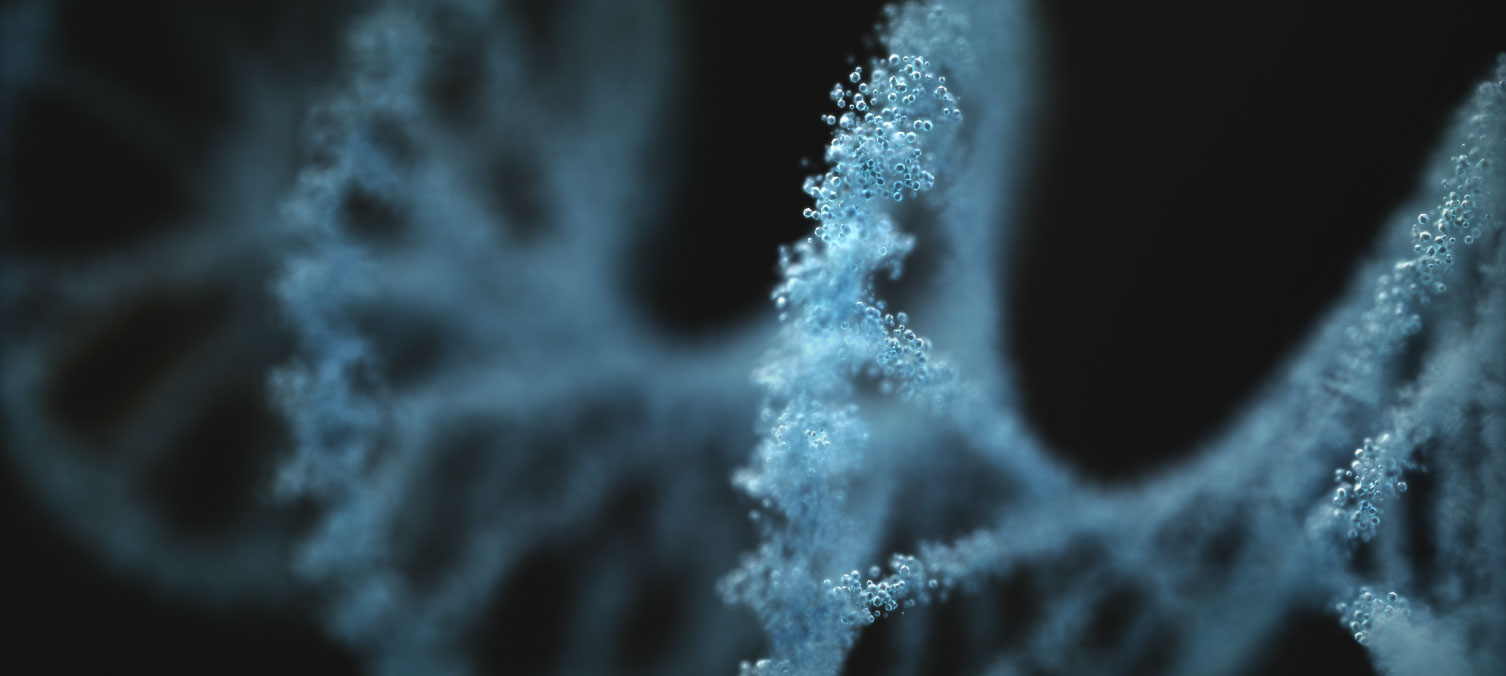The human gastrointestinal tract is colonized by a vast array of microbes, which form communities of bacteria, viruses and microbial eukaryotes that are specific to people of different ages, diet habits, and health conditions. Gut microbiota plays a pivotal role in human health and fitness. Despite that metagenomic studies provide us with a massive of valuable data, one cannot thoroughly analyze the microbial communities without studying protein expression under certain environmental conditions. Metaproteomics is the large-scale identification and quantification of proteins in order to study the expression and function of proteins from microbial communities, and thus provides insights int.o the phenotypes of microorganisms on the protein level. The very first step we need to do is protein separation. When scientists started to look into microbial communities on the metaproteomic level, the technique that contributed the most is two-dimensional gel electrophoresis, and over the following decade or so, great advances have shown in chromatography techniques that applying in metaproteomic research.
CD Genomics, as a preeminent corporation that has many years of experience in proteomics. We present two routes of strategies for metaproteomic research – the first is two-dimensional electrophoresis aligned with mass spectrometry; the second is chromatography aligned with mass spectrometry, also referred to as shotgun method. To guarantee superior services from the second route, which is also the preferable choice for metaproteomic analysis, we provide state-of-the-art and most practical chromatography techniques to add value to your gut metaproteomics research. We offer metaproteomic separation with comprehensive chromatography techniques to support your research.
Liquid Chromatography (LC)
The liquid chromatography is the most prevailing technique for protein separation. Compared to 2D gel electrophoresis, the chromatographic method is fast and easy to operate, but not as intuitive and the resolution is not too high, which are the drawbacks when compared to 2D electrophoresis in finding differentially expressed proteins. However, liquid chromatography has obvious advantages in the separation and identification of microbial community expressed proteins and low abundance proteins, especially powerful in examining ecological specimens.
Multidimensional Liquid Chromatography (MDLC)
With the solution of shotgun method, LC-MS analysis of highly complex proteomic samples remains a challenging endeavor. Therefore, the development of a more sensitive multidimensional liquid chromatography (MDLC) allows for higher peptide separation power to bottom-up metaproteomics. MDLC setups two or more chromatographic columns to separate the components in a complex sample to reach higher selectivity, greater peak capacity, and better resolution. We provide MDLC solutions includes but not limited to:
- Two-dimensional liquid chromatography (2D-LC)
- Affinity chromatography-based MDLC system (AC-MDLC)
- Two-dimensional reversed-phase liquid chromatography (2D-RPLC)
- Reversed-phase liquid chromatography-capillary electrophoresis (RPLC-CE)
- Reversed-phase liquid chromatography-capillary isoelectric focusing (RPLC-CIEF)
We dedicate to providing the highest level of service in gut microbiota research. We will offer the most suitable strategies according to your sample and research purpose. To find out more about our chromatography services, please feel free to contact us.
*For Research Use Only. Not for use in diagnostic procedures.

